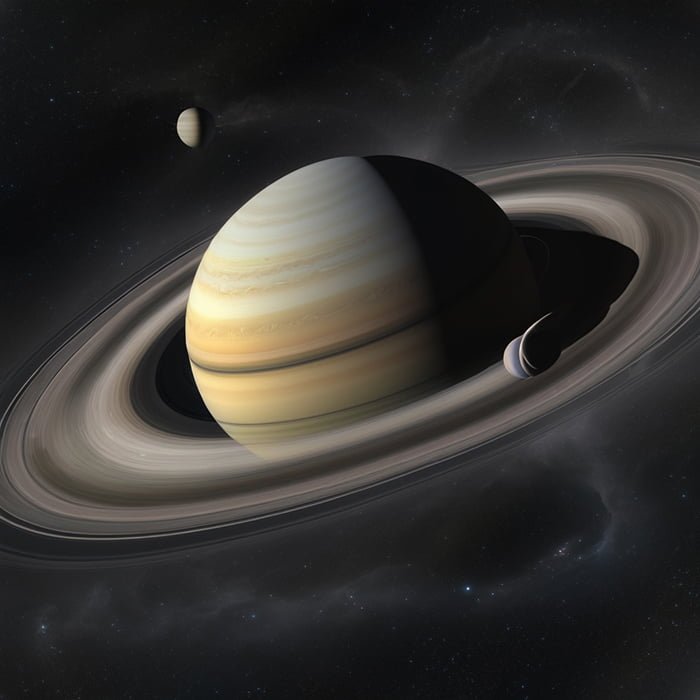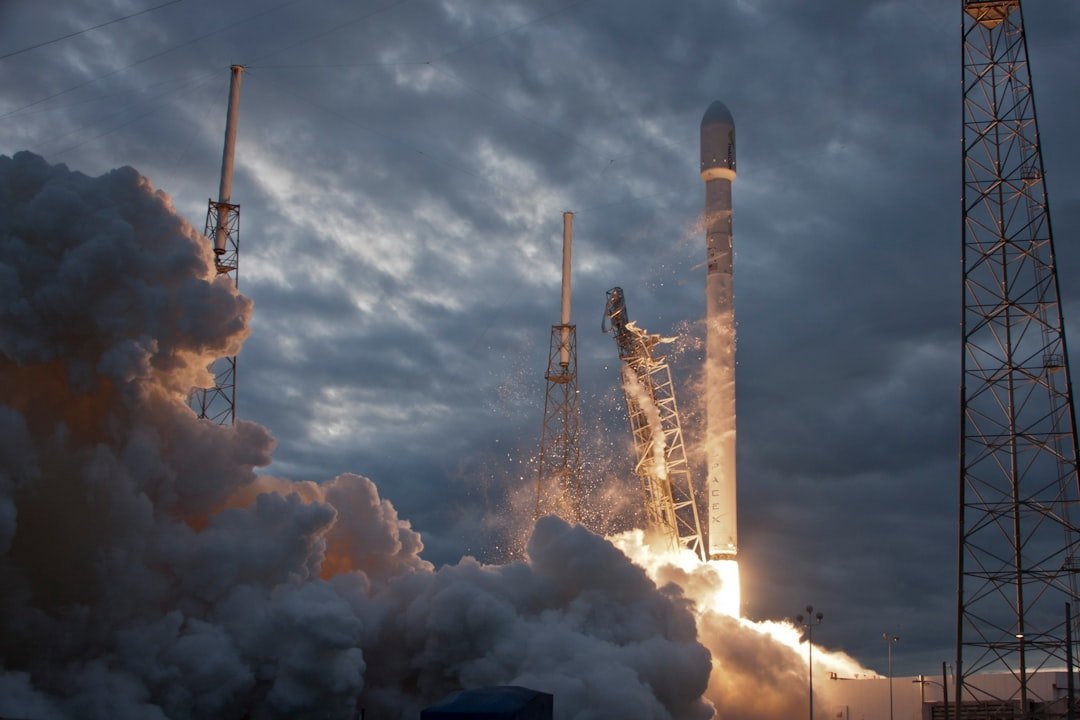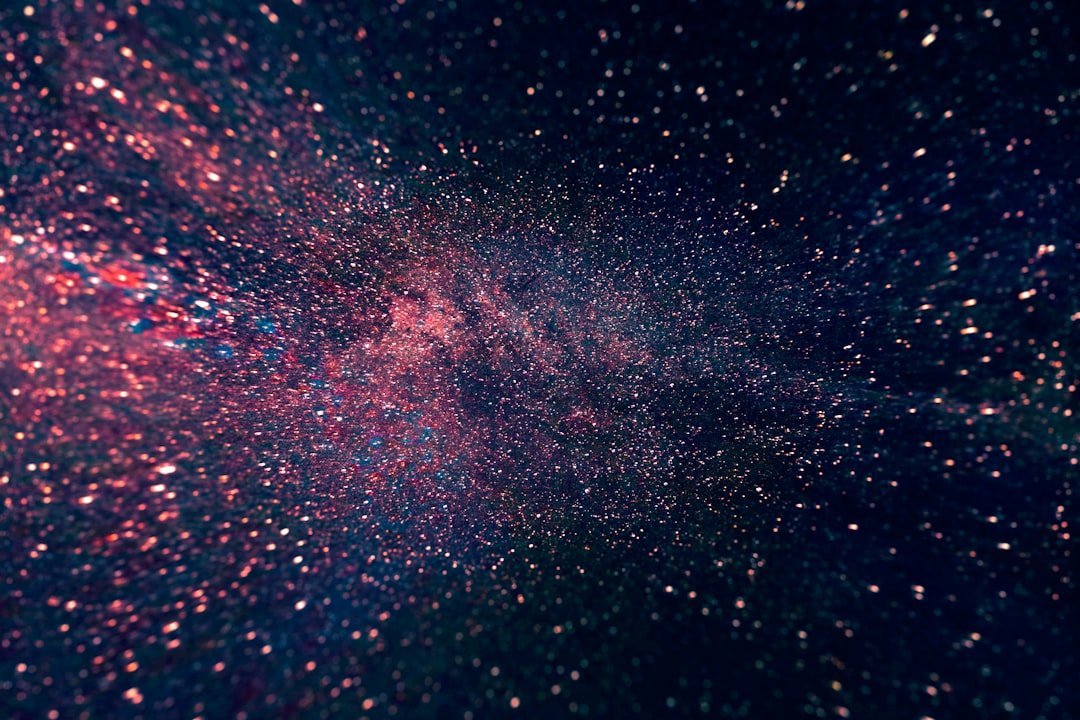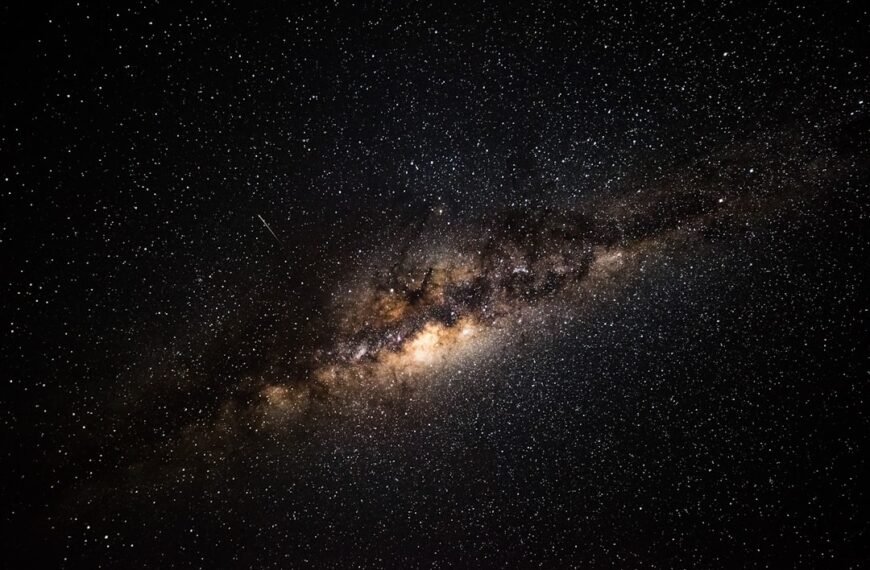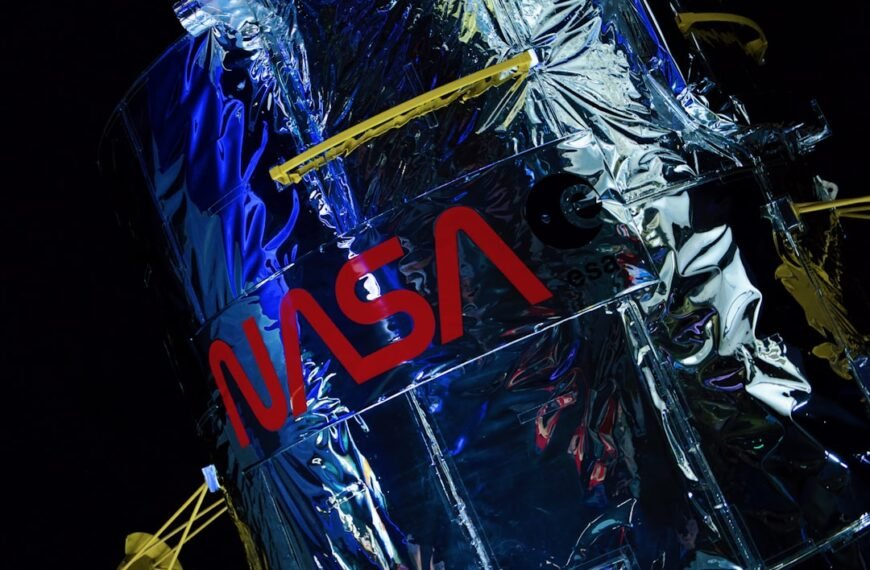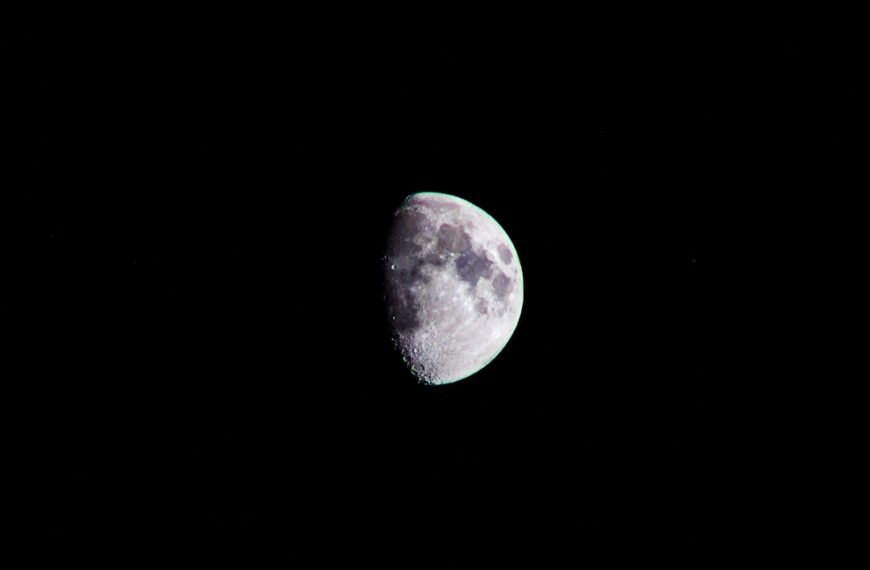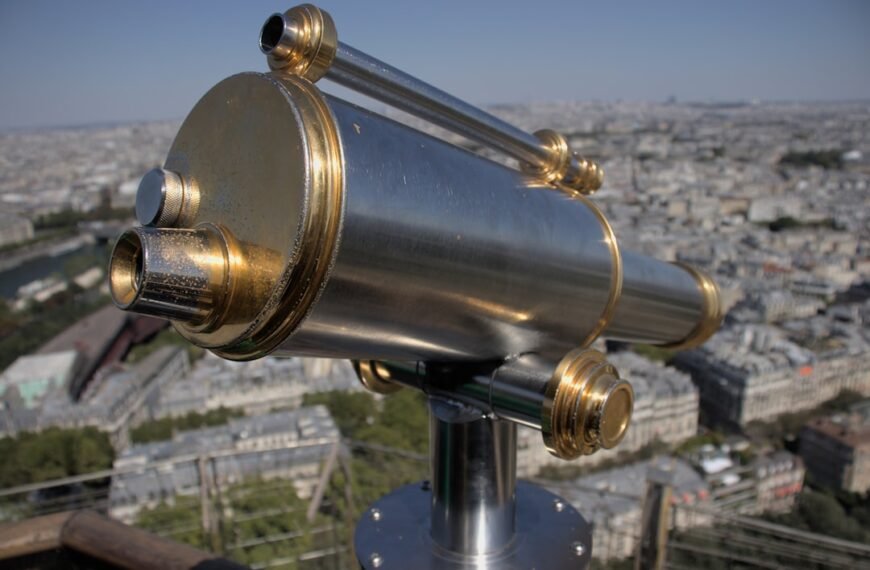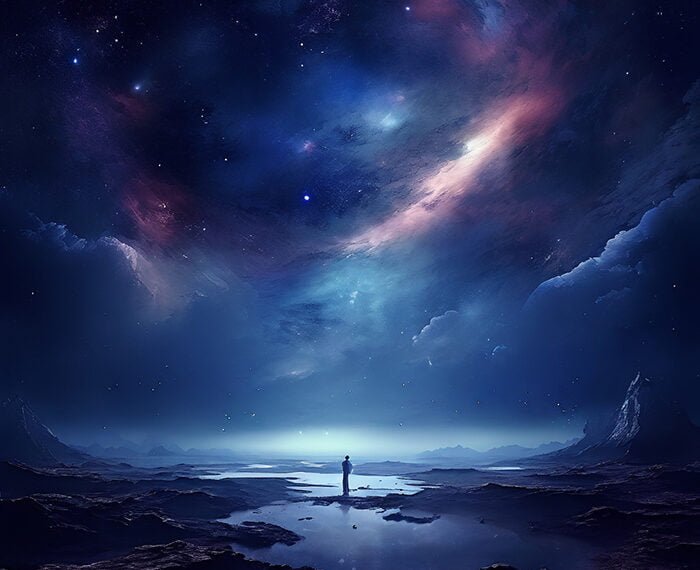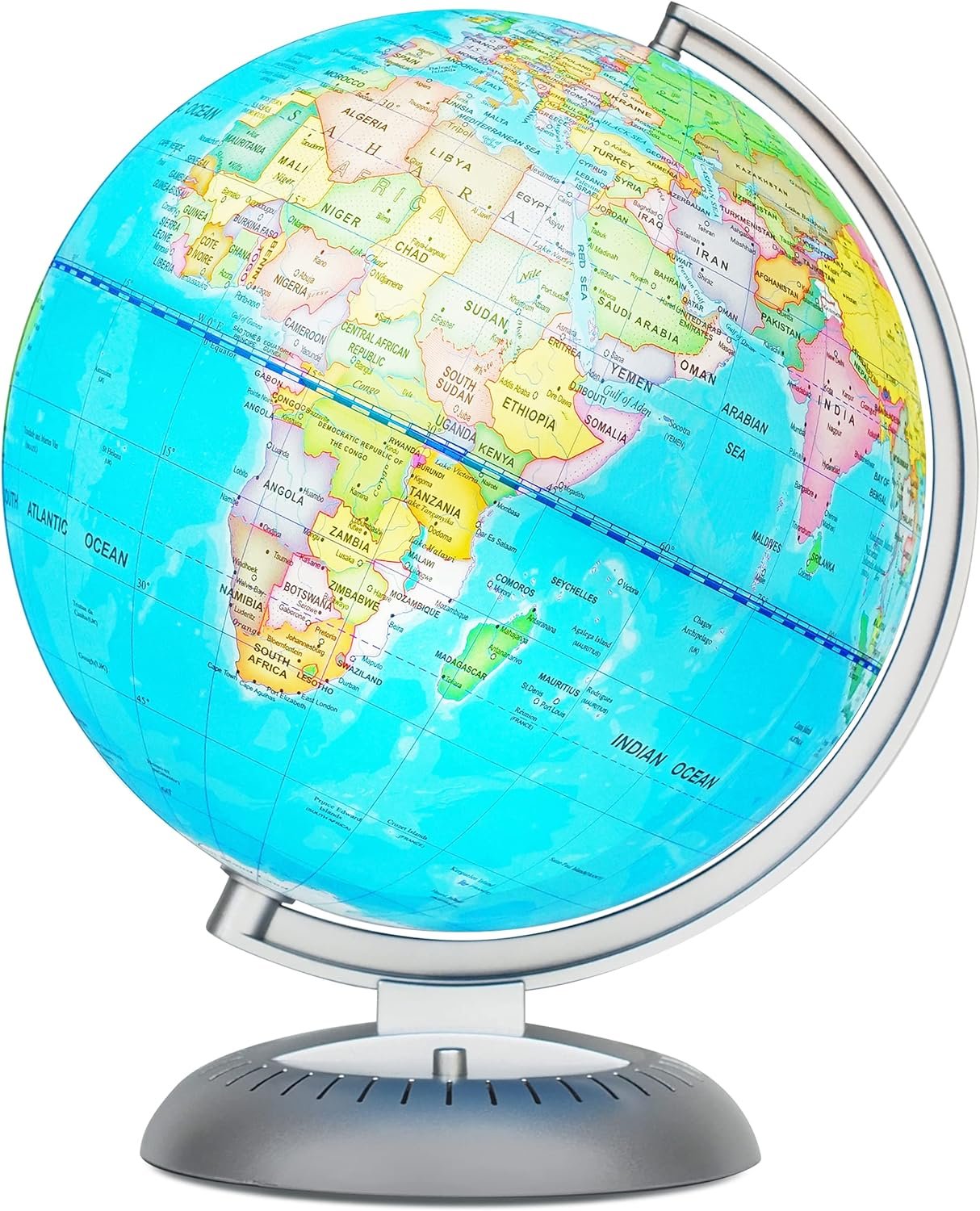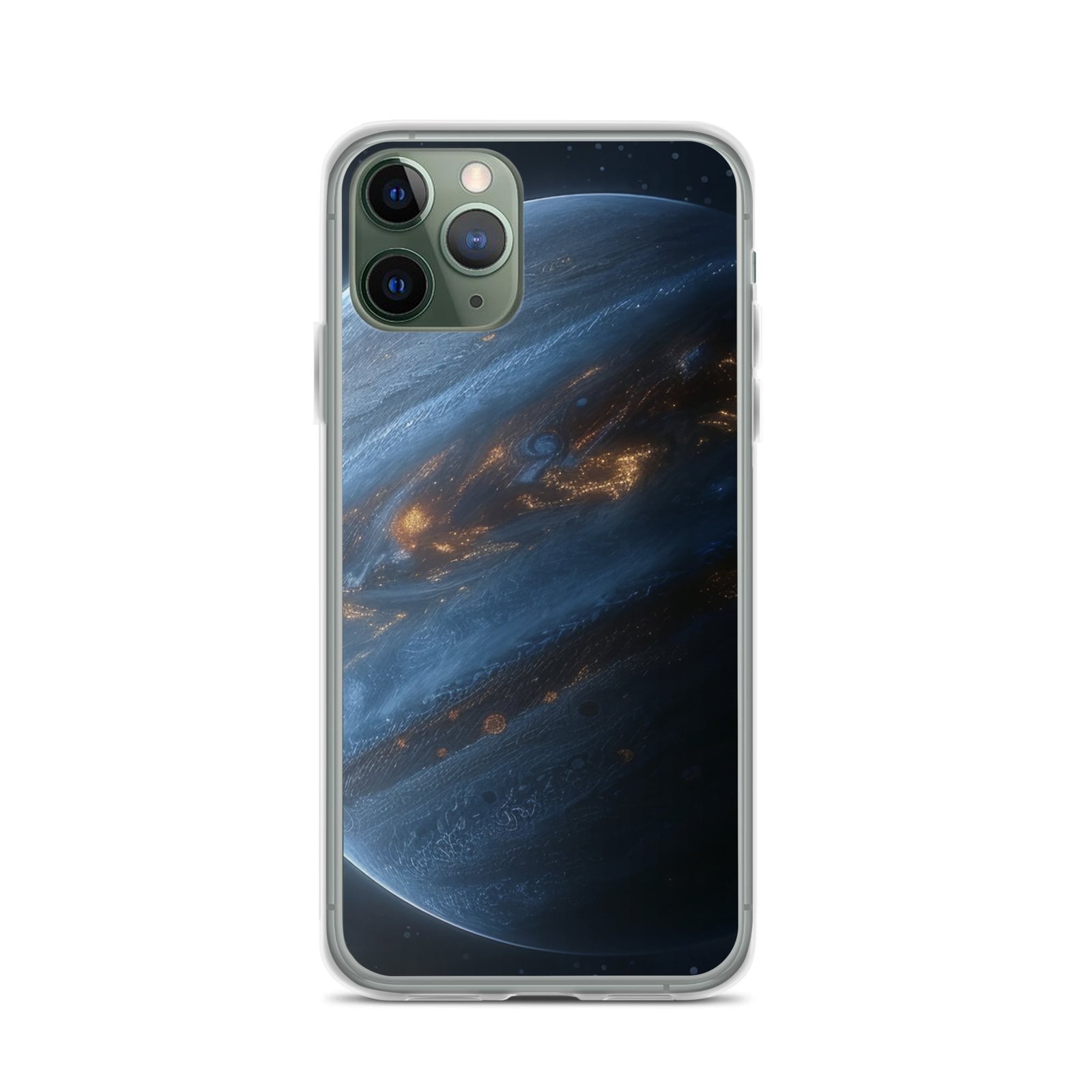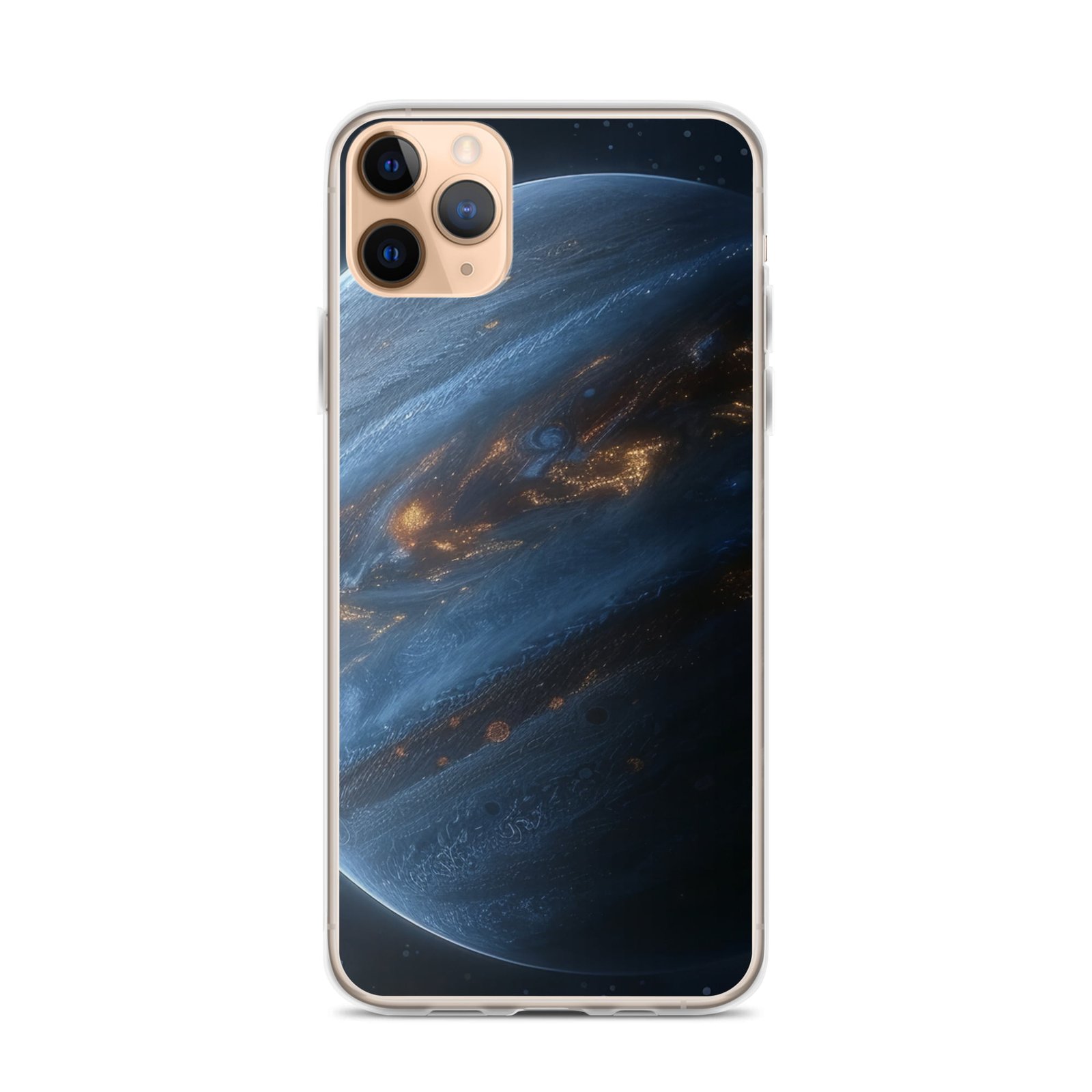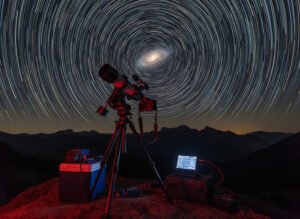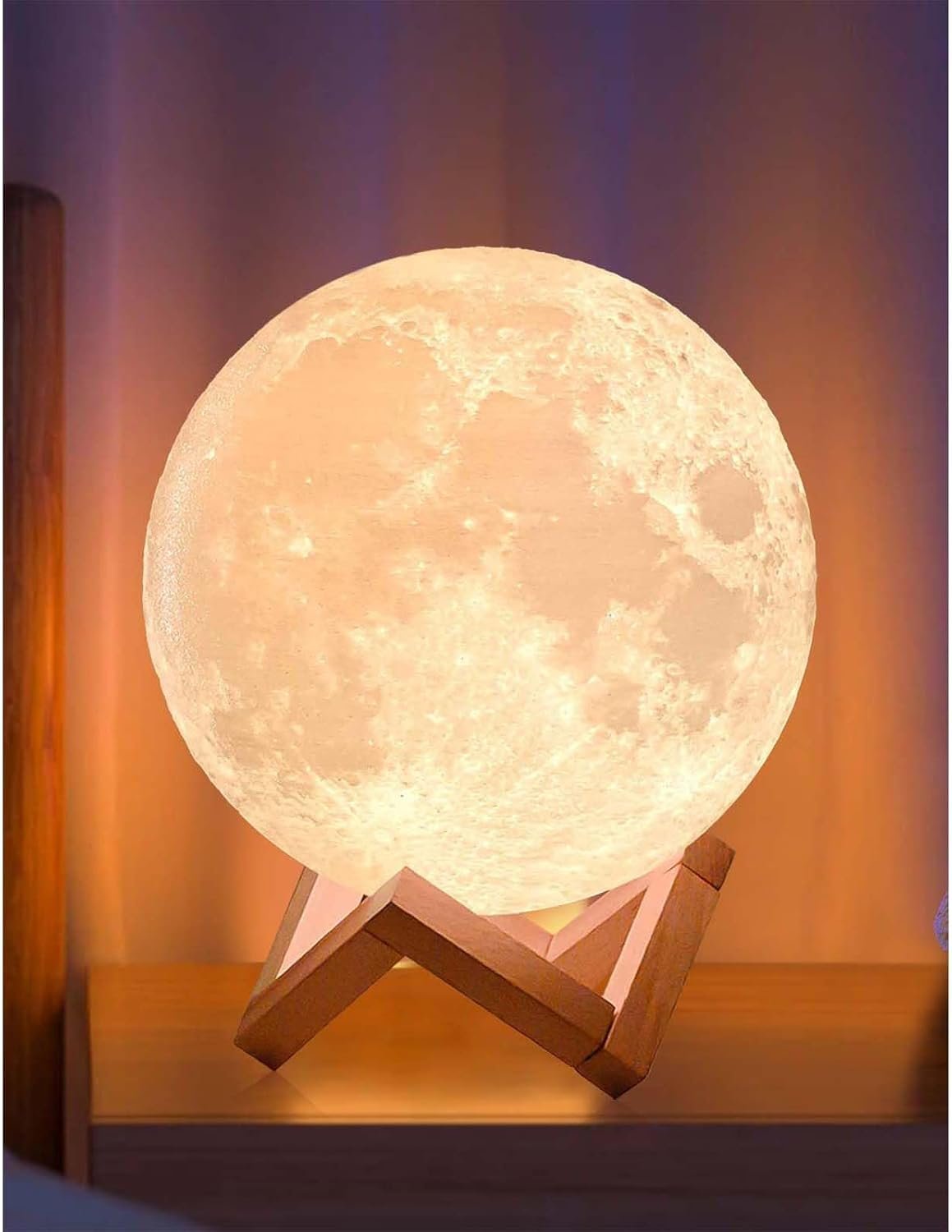Planets with rings have long fascinated scientists and the general public alike. These celestial bodies, adorned with beautiful and mysterious rings, have captured our imagination and sparked our curiosity about the wonders of the universe. While several planets in our solar system have rings, Saturn’s rings are by far the most well-known and extensively studied.
Saturn’s rings are composed of countless particles, ranging in size from tiny grains of dust to large boulders. These particles are made up of a variety of materials, including ice and rock. The rings are divided into several distinct regions, each with its own unique characteristics. The study of Saturn’s rings has provided valuable insights into the formation and evolution of planetary systems.
Key Takeaways
- Planets with rings are a fascinating and unique feature in our solar system.
- Saturn’s rings are made up of mostly ice particles and are incredibly thin.
- Theories suggest that Saturn’s rings formed from either a moon that was destroyed or from material left over from the planet’s formation.
- Gravity plays a crucial role in the formation and maintenance of Saturn’s rings.
- The presence of moons can also influence the formation and structure of planetary rings.
The Composition of Saturn’s Rings
Saturn’s rings are primarily composed of water ice particles, with smaller amounts of rocky material mixed in. The ice particles range in size from micrometers to several meters in diameter. These particles reflect sunlight, giving the rings their bright appearance.
The ice content of the rings is believed to be derived from the icy moons of Saturn. As these moons orbit Saturn, they are bombarded by micrometeoroids, which eject particles into space. Some of these particles become trapped in Saturn’s gravitational field and form the rings.
In addition to ice, there is also a small amount of rocky material present in Saturn’s rings. This rocky material is thought to be remnants from comets or asteroids that collided with Saturn’s moons or were captured by its gravity.
Theories on How Saturn’s Rings Formed
Scientists have proposed several theories to explain the formation of Saturn’s rings. One theory suggests that the rings are remnants of a moon that was torn apart by tidal forces. Another theory proposes that the rings formed from the debris left over from the formation of Saturn itself.
However, the most widely accepted theory is known as the Roche model. According to this model, the rings formed from the debris of a moon that strayed too close to Saturn and was torn apart by tidal forces. The gravitational forces exerted by Saturn on the moon were stronger on the side facing Saturn than on the side facing away, causing the moon to be stretched and eventually torn apart.
The debris from the shattered moon then formed a disk around Saturn, which eventually coalesced into the rings we see today. This theory is supported by observations of other planetary systems, which have shown that disks of debris are common around young stars.
The Role of Gravity in Ring Formation
Gravity plays a crucial role in the formation and maintenance of Saturn’s rings. The gravitational pull of Saturn keeps the particles in orbit around the planet, preventing them from drifting away into space. Without gravity, the particles would disperse and the rings would cease to exist.
In addition to holding the particles in orbit, gravity also shapes the structure of the rings. The gravitational forces between Saturn and its moons create gaps and divisions in the rings. These gaps are caused by resonances, which occur when the orbital period of a moon is in sync with the orbital period of a particle in the ring. When this happens, the moon’s gravity pulls on the particle, causing it to move out of its original orbit and creating a gap.
The Influence of Moons on Ring Formation
Saturn’s moons play a significant role in shaping its rings. The gravitational pull of these moons affects the particles in the rings, causing them to clump together or move into different orbits.
Some moons, known as shepherd moons, have an even more pronounced effect on the rings. These moons orbit within or near a ring and their gravity helps maintain its shape. They act as “shepherds,” corralling particles and preventing them from spreading out or colliding with each other.
The presence of shepherd moons can also create gaps in the rings. As a moon orbits within a ring, its gravity interacts with the particles, causing them to move out of their original orbit and form a gap. These gaps can be seen as dark regions within the rings.
The Role of Collisions in Ring Formation
Collisions between particles play a crucial role in the formation of Saturn’s rings. When two particles collide, they can stick together and form larger particles. Over time, these larger particles can grow into boulders and even small moons.
The collisions between particles also help maintain the structure of the rings. Without collisions, the particles would spread out and the rings would become less dense. The constant bombardment of particles keeps the rings compact and prevents them from dissipating.
The Formation of Gaps and Divisions in Saturn’s Rings
Gaps and divisions in Saturn’s rings are formed through a combination of gravitational forces and resonances. As mentioned earlier, resonances occur when the orbital period of a moon is in sync with the orbital period of a particle in the ring.
When a moon’s gravity interacts with a particle in a resonance, it can cause the particle to move out of its original orbit and create a gap. These gaps can be seen as regions where there are fewer particles compared to the surrounding areas.
In addition to resonances, collisions between particles can also create gaps and divisions in the rings. When two particles collide, they can stick together and form larger particles. These larger particles can then clear out a region within the ring, creating a gap or division.
The Evolution of Saturn’s Rings over Time
Saturn’s rings have evolved over time due to a combination of collisions and gravitational forces. Collisions between particles have caused the rings to grow and change over time. Larger particles have formed through collisions, while smaller particles have been broken apart by impacts.
Gravitational forces have also played a role in the evolution of the rings. The gravitational pull of Saturn and its moons has caused the rings to spread out and become less dense over time. This process, known as viscous spreading, occurs as particles interact with each other and exchange angular momentum.
The evolution of Saturn’s rings is an ongoing process. Collisions and gravitational forces continue to shape the rings, and they will likely continue to change in the future.
Comparing Saturn’s Rings to Other Planets with Rings
Saturn is not the only planet in our solar system with rings. Jupiter, Uranus, and Neptune also have rings, although they are not as prominent or well-known as Saturn’s.
The composition and structure of Saturn’s rings differ from those of other planets. Saturn’s rings are primarily composed of ice particles, while the rings of Jupiter, Uranus, and Neptune contain a higher proportion of rocky material. The rings of these planets also tend to be darker in color compared to Saturn’s bright and reflective rings.
Despite these differences, the formation and evolution of the rings are likely governed by similar processes. The gravitational forces between the planet and its moons play a crucial role in shaping the rings, as do collisions between particles.
The Importance of Studying Planets with Rings for Understanding Planetary Formation
Studying planets with rings provides valuable insights into the formation and evolution of planetary systems. The presence of rings around a planet indicates that there was once a disk of debris surrounding it, similar to the disks observed around young stars.
By studying the composition and structure of planetary rings, scientists can learn more about the processes that lead to the formation of planets. They can also gain a better understanding of how planets interact with their moons and other objects in their vicinity.
Furthermore, studying planets with rings can have implications for our understanding of the universe as a whole. By examining how planetary systems form and evolve, scientists can gain insights into the formation of galaxies and other large-scale structures in the universe.
In conclusion, planets with rings, particularly Saturn, have captivated our imagination and provided valuable insights into the formation and evolution of planetary systems. Saturn’s rings are composed of ice and rock particles, which are held in place by gravity. The rings have evolved over time due to collisions and gravitational forces, and their structure is influenced by the presence of moons. Studying planets with rings is important for advancing our understanding of planetary formation and the universe as a whole. Continued research into these celestial bodies will undoubtedly uncover even more fascinating discoveries in the future.
If you’re curious about how planets with rings, like Saturn, form their magnificent rings, you’ll definitely want to check out this fascinating article on The Universe Episodes website. This article delves into the intriguing science behind the formation of planetary rings and provides a comprehensive understanding of this celestial phenomenon. Discover the secrets of Saturn’s iconic rings and explore the mysteries of other ringed planets in our solar system. To read more about this captivating topic, click here: https://theuniverseepisodes.com/privacy-policy/.

